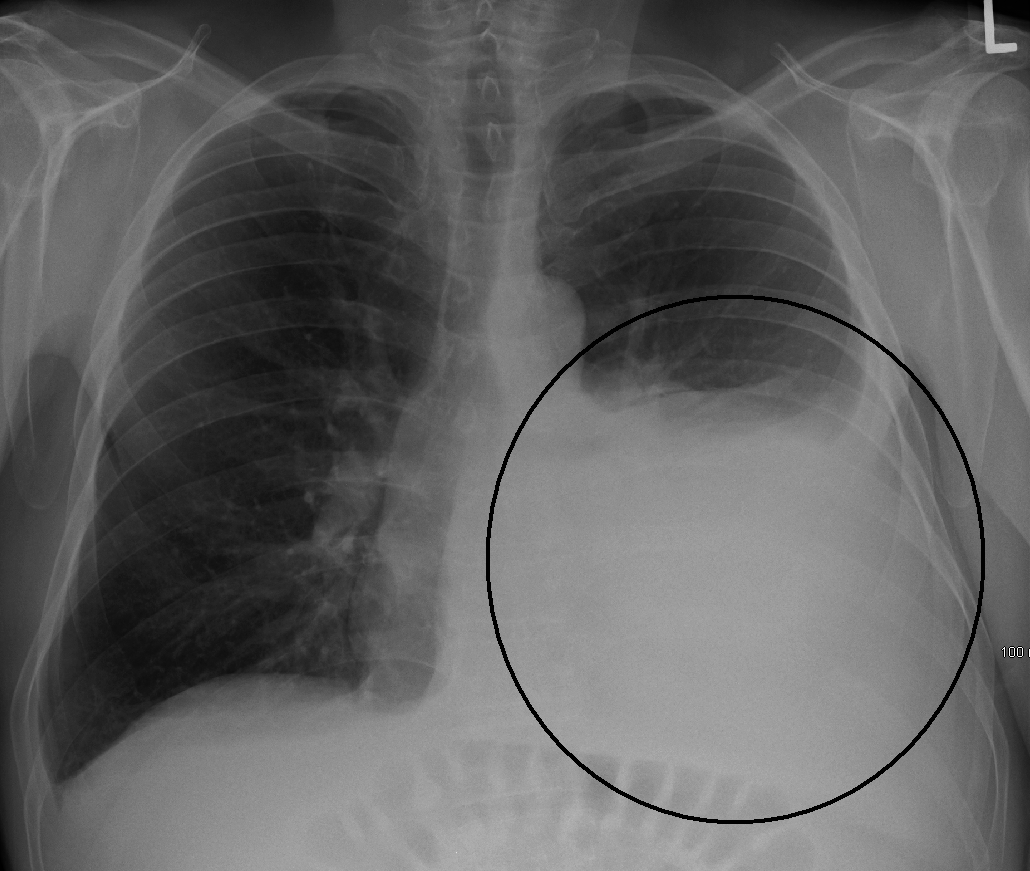Cardiac Biomarkers
/Real time, high sensitivity serum biomarkers have played an enormous part in the timely identification and intervention on of cardiac pathology in the Emergency Department. These biomarkers have sufficient sensitivity to identify cardiomyocyte injury even in the absence of physical exam, radiographic, or electrocardiographic findings. Unfortunately, the utility of these studies may be limited or obfuscated in certain clinical contexts. This article will discuss the possible pitfalls and obstacles physicians may encounter in interpreting cardiac biomarkers
Read More
















